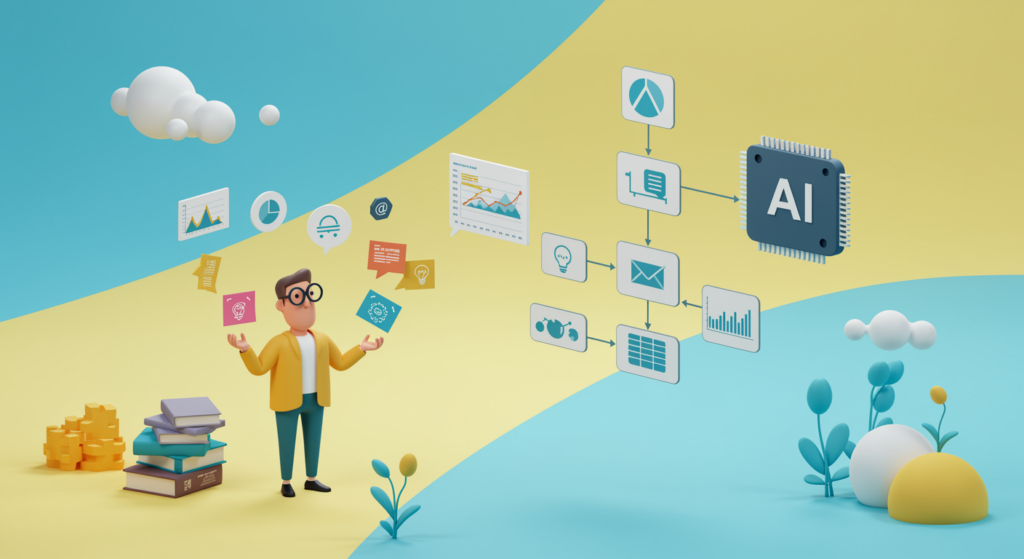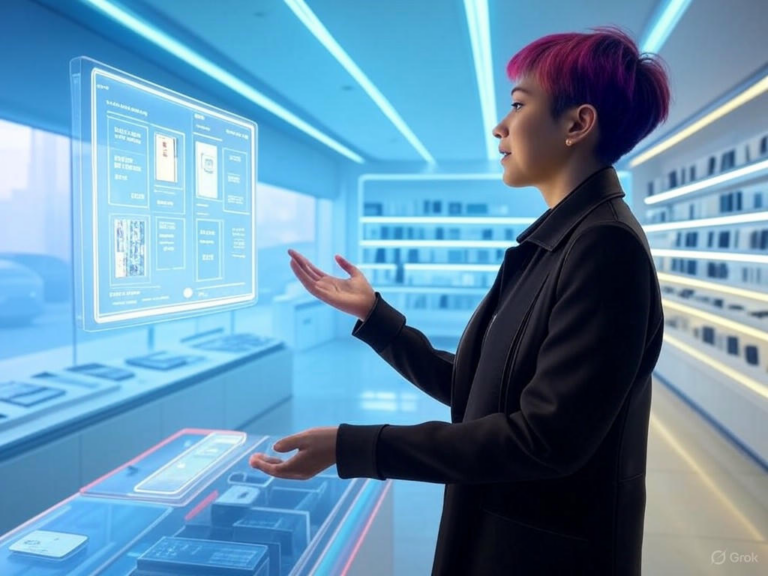
MCP Tools Guide AI Model Behavior for Logging and Control
Understanding Model Context Protocol (MCP) and Its Impact on AI Control
Imagine you’re building an AI system that needs to interact safely with the world around it—MCP tools make this possible by acting as a bridge between AI models and external resources. As an open standard, MCP defines how AI applications connect to data sources and tools, much like a universal connector that ensures everything works smoothly. This protocol is transforming AI control, offering ways to guide behavior while keeping things secure and observable.
Recent studies from Tenable Inc. show how MCP tools can direct AI actions, especially in agentic systems where monitoring is crucial. Have you ever wondered what happens when AI makes decisions on its own? With MCP, organizations can step in and maintain oversight, turning potential risks into managed opportunities.
How MCP Tools Shape AI Model Behavior
Right from the start, MCP tools serve as executable interfaces that AI models, like large language models, can call upon to perform tasks. This setup creates a client-server structure where security measures fit naturally, allowing for precise control over AI operations. It’s fascinating how these tools use prompt injection techniques to enforce specific sequences, ensuring that AI doesn’t wander off track.
For instance, if an AI is handling sensitive data, MCP tools can log every step, making the process transparent and accountable. This approach isn’t just about restriction—it’s about empowering developers to build reliable systems that respond predictably.
Key Elements of the MCP Framework
The MCP architecture relies on three main components: the MCP Host, which is the AI application itself; the MCP Client library; and one or more MCP Servers that deliver specific capabilities. Together, they enable standardized logging, where servers send structured messages to clients in JSON format. You can even tweak log levels to focus on what’s most important, cutting through the noise.
This structure helps in creating audit trails that are easy to follow. Why not think of it as a built-in diary for your AI, recording actions without overwhelming your team?
Leveraging MCP Tools for Better Logging
One standout feature of MCP tools is their ability to log every function call, turning what could be a vulnerability into a strength. By embedding logging instructions in tool descriptions, AI models automatically document their activities before proceeding. This means capturing details like the tool invoked, server name, and user prompts, all in one go.
Tenable’s research highlights how this builds a comprehensive record, helping teams spot issues early. For example, if an AI tool is triggered unexpectedly, you’ll have the data to investigate quickly—what’s more reassuring than that?
Putting Comprehensive Logging into Practice
When setting up logging with MCP tools, focus on tracking who invoked the tool, what parameters were used, and what results came back. Store these logs in secure systems like SIEM platforms to enable real-time alerts for suspicious patterns. This isn’t just about record-keeping; it’s a proactive way to protect your AI ecosystem.
Imagine detecting a potential breach because your logs flagged an unusual sequence—could save your organization from bigger headaches down the line.
MCP Tools as a Core Control Mechanism
Beyond logging, MCP tools offer ways to govern AI behavior, like building firewalls that block unauthorized actions. Security expert Ben Smith points out that tools often need explicit approval, which helps prevent misuse in unpredictable AI environments. It’s about creating boundaries that keep innovation moving forward safely.
Have you considered how a simple tool description could stop an AI from accessing sensitive data? That’s the power of MCP in action.
Building Security with MCP Tools
Organizations can use MCP tools for access controls, execution barriers, and even monitoring tools that watch over others. For instance, limit tool access by user roles or set up approvals for high-risk actions. This centralized approach simplifies security management and reduces risks.
A hypothetical scenario: Your team deploys an AI for customer service, but with MCP, you ensure it only uses approved tools—keeping interactions secure and compliant.
Security Risks and How to Handle Them with MCP Tools
While MCP tools boost security, they’re not without challenges, as SentinelOne’s findings reveal permissions can be reused without re-approval. Issues like cross-tool contamination or prompt injection vulnerabilities could lead to data leaks if not managed properly. That’s why understanding these risks is key to leveraging MCP effectively.
But here’s the good news: With the right controls, you can turn these potential weaknesses into fortified defenses. Ever faced an AI security scare? MCP tools give you the tools to respond swiftly.
Best Practices for Implementing MCP Tools Securely
To get the most from MCP tools, start with solid monitoring and logging setups. Use tools like McpSafetyScanner to check for vulnerabilities and integrate logs with your security systems for anomaly detection. This foundational step ensures you’re always one step ahead.
For enhanced governance, look forward to features like auto-discovery in 2025. Here’s a tip: Centralize authorizations based on roles to minimize exposure—what could be simpler?
Step-by-Step Implementation Tips
First, conduct regular audits and simulate attacks to test your MCP setup. Then, integrate AI defense systems for real-time threat detection. Finally, assign permissions thoughtfully to avoid overreach—these practices will make your AI deployments more robust.
Actionable advice: Start small by logging a few key tools and scale up as you gain confidence. This way, you build expertise without overwhelming your resources.
AI-Enhanced Analysis with MCP Tools
Pairing MCP tools with AI-powered log analysis takes security to the next level, using machine learning to spot anomalies quickly. Benefits include filtering out noise and providing contextual insights, so your team focuses on real threats. It’s like having a smart assistant that sifts through data for you.
For example, platforms can ingest logs in any format and use unsupervised learning to detect patterns—making your security operations more efficient than ever.
The Evolving Role of MCP Tools in AI
Looking ahead, MCP tools will introduce auto-discovery and better authorization in 2025, streamlining AI control even more. These updates will help manage complex systems and integrate automated security responses. It’s an exciting time for AI governance, where tools like MCP lead the way.
What’s next for your organization? Embracing these advancements could mean safer, more innovative AI applications.
Wrapping Up: Empowering AI with MCP Tools
In essence, MCP tools are game-changers for guiding AI model behavior, offering logging and control that balance power with responsibility. As we’ve explored, they enhance security while addressing vulnerabilities through thoughtful implementation. If you’re diving into AI, consider how these tools could safeguard your projects—it’s about building trust in technology.
Before you go, what are your experiences with AI security? Share your thoughts in the comments, explore our related posts on AI best practices, or subscribe for more insights. Let’s keep the conversation going!
Sources
- Model Context Protocol Documentation. https://modelcontextprotocol.io/docs/concepts/tools
- DataGrom AI News. New Insights on Enhancing AI Control with MCP
- The Hacker News. Experts Uncover Critical MCP and A2A Vulnerabilities
- BetterStack Community Guide. MCP Explained
- Writer Engineering Blog. MCP Security Considerations
- LogicMonitor Blog. How to Analyze Logs Using Artificial Intelligence
- Cisco Community. AI Model Context Protocol (MCP) and Security
- Noma Security. How Model Context Protocol Strengthens Security for Agentic AI
MCP tools, AI model behavior, logging and control, AI security, Model Context Protocol, AI control mechanisms, MCP architecture, AI logging best practices, AI vulnerabilities, AI governance strategies







